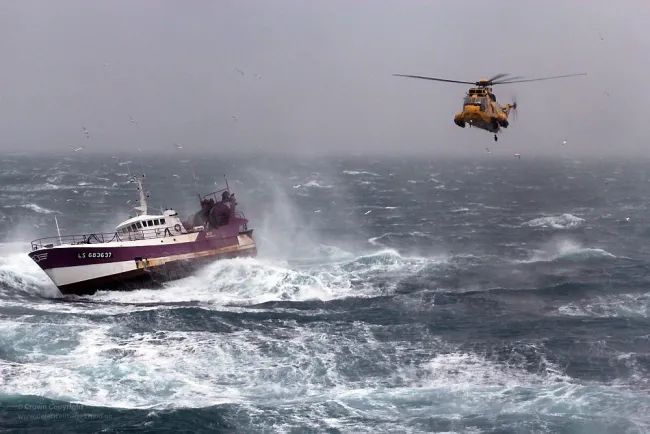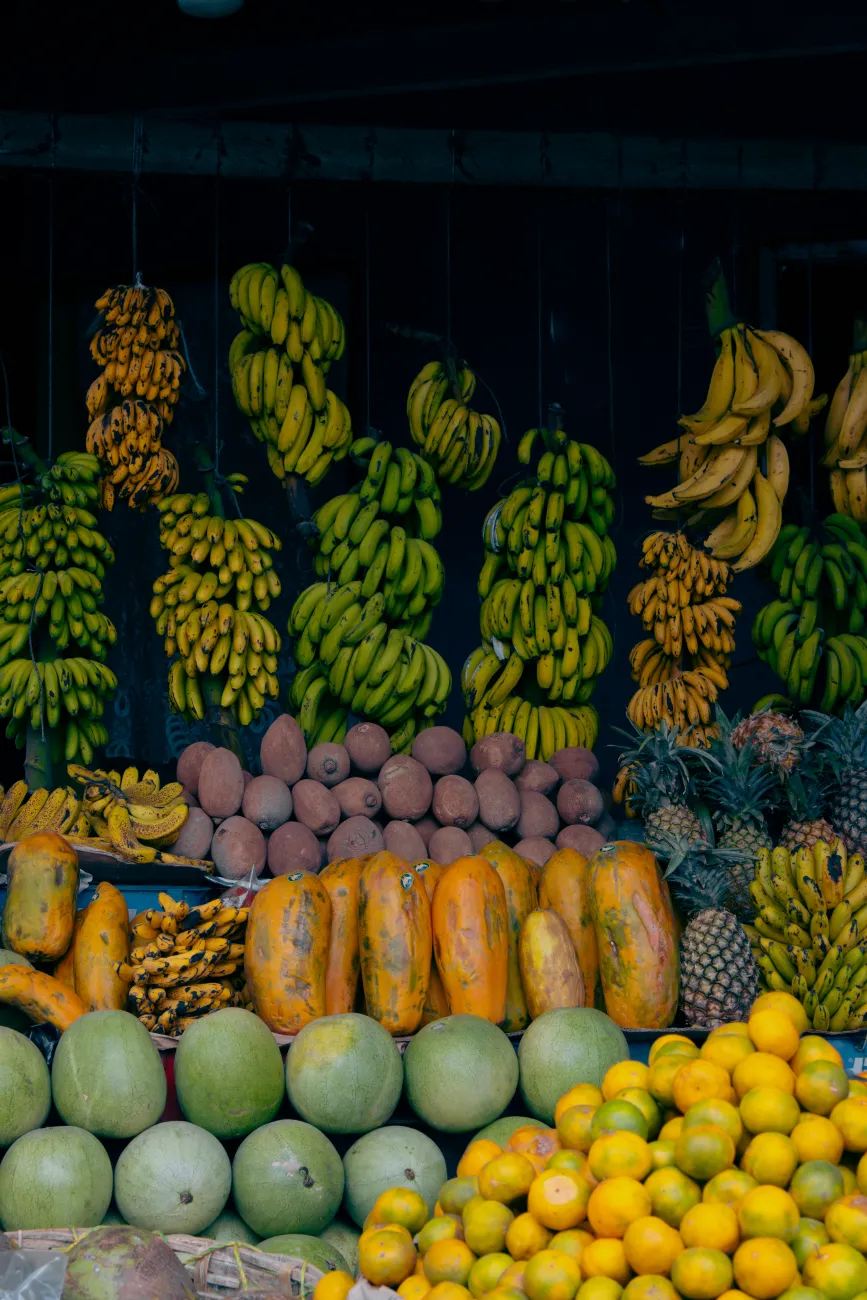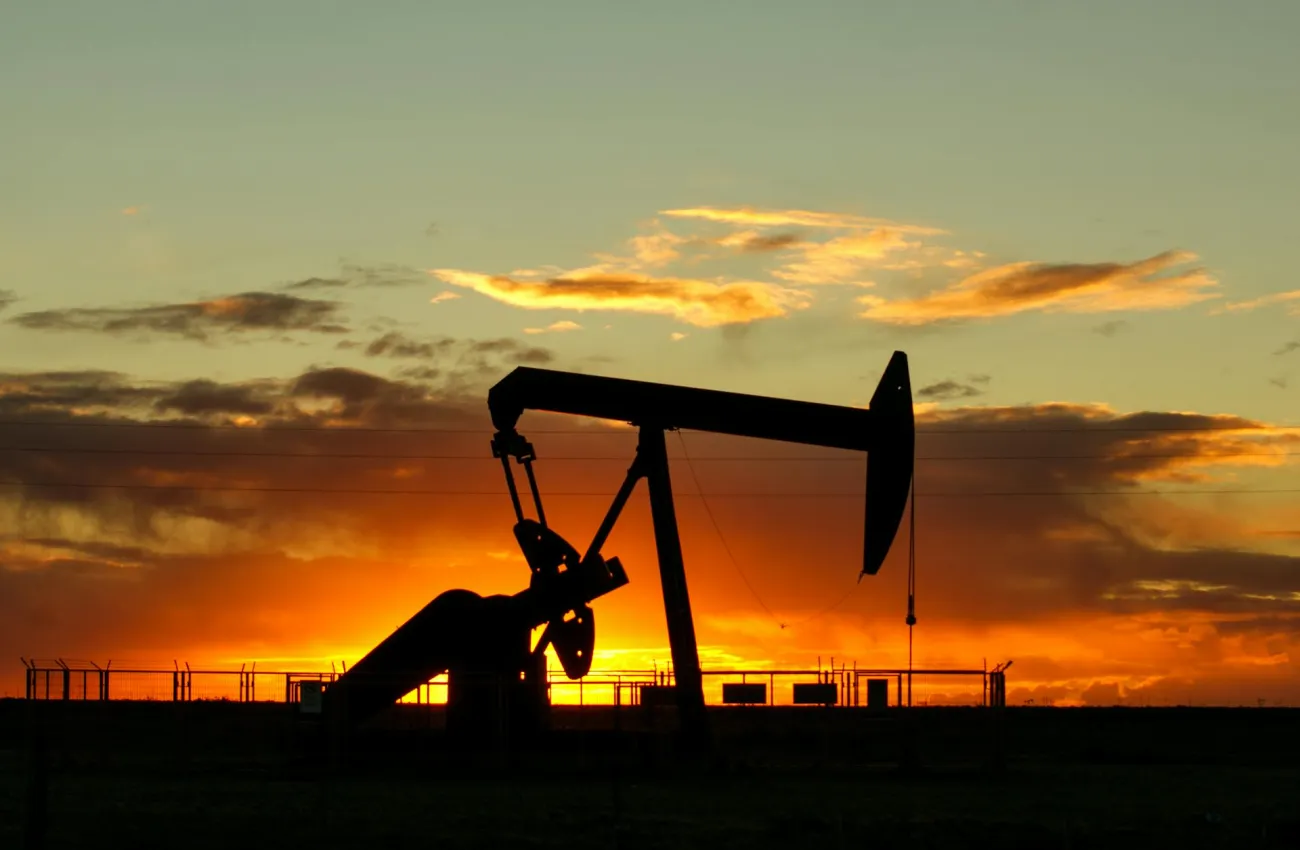Food systems are central to human well-being. We rely on them for nourishment, employment, livelihoods, culture and more. Reliable access to sufficient food is a foundation of human health, and of social and political stability. While the impacts of food systems on the environment are great, changes to the climate and the wider environment — to which food systems contribute — also have major implications for the functioning of food systems and all that they support.
Understanding this matters, because sustainable food systems in the future must not only maintain human well-being with fewer environmental impacts, but must also be able to cope to different environmental conditions to those experienced today.
Image

THEMES
PUBLISHED
13 Sep 2016




Comments (0)